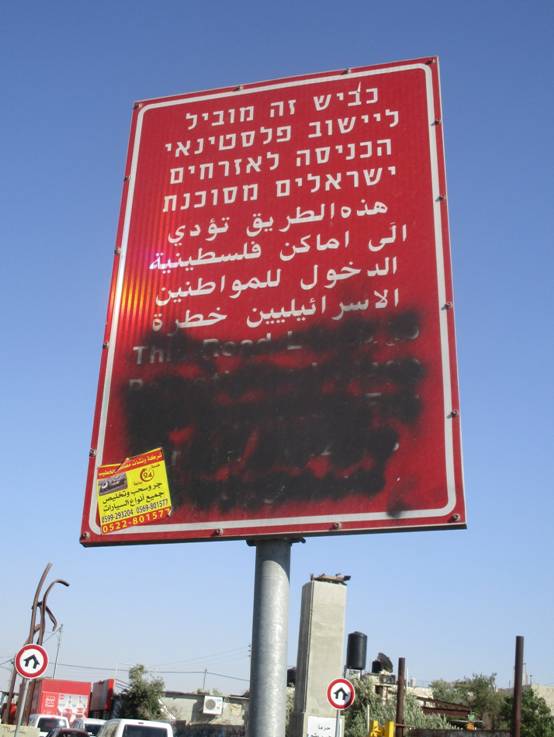Hizma, Qalandiya
Pamper, pamper, always pamper them…
With the years I have learned to grow suspicious when I’m told of the easing of conditions for Palestinians, and look for the bug when I’m told about such easing of conditions for residents of the Gaza Strip.
There is no such thing as eased conditions for residents of the Gaza Strip – this is a ‘law of nature’.
Its subject is medical patients returning to the Gaza Strip after having undergone treatment in the West Bank.
As an occupying entity, Israel is required by international law to bear the responsibility for the medical welfare of its occupied subjects and their access to health centers. It consistently violates this duty as far the residents of the Gaza Strip are concerned.
Only a select few obtain permits to exit the Gaza Strip in order to reach the West Bank for medical treatment. Obtaining such permits involves tremendous difficulties for those few individuals, and their return home is no less than a ‘via dolorosa’.
The recovering patients and their accompaniers need to reach the DCO offices at the checkpoint, apply and receive (and at times, they do not receive) a permit in order to pursue their journey home.
In recent weeks, the head of the Palestinian Authority actively cooperated with Israel in harassing two million Palestinian residents of the Gaza Strip.
Until recently, patients undergoing medical treatment in the West Bank along with their accompaniers could return to the Gaza Strip at their own expense as long as the Erez Crossing was open. This is no longer so. There are new laws. Well, not laws. Regulations.
“Eased conditions” are now in store. Or as a DCO soldier told me: “It’s for their own good.”
Every day at 1 p.m., for the past three weeks, a transit van on behalf of the Palestinian Authority carries those patients returning from medical treatment from Qalandiya Checkpoint to the Erez Crossing. No more privately initiated return trips, only by organized transport.
What’s bad about this? Patients are not released from hospital according to a schedule imposed by the organized transport, and whoever cannot make it in time – will not get home that day.
This is exactly what happened to a young man, resident of the Gaza Strip, who was released from Al Najah Hospital in Nablus and arrived with his mother at the DCO office, where he was told he was too late. The transport had already left, they should show up the next morning.
I met them, the mother and son, sitting in utter despair on the benches in front of the office, their many bundles on the ground. I squeezed my way into the office, tried to persuade those in charge, asking to enable the two to proceed home at their own expense, and heard the same old tune: the transport has already left, this is a new law, only organized transport is allowed. It’s for their own good and they should return the next morning.
‘But where are they supposed to spend the night?” I asked, and received a shrug as an answer.
A certain officer added that this way the Gazans would be certain to return to Gaza, and not get off on the way. In Israel.
“Really…” I responded. “There were such cases”, he insisted, and repeated – “They should come back tomorrow morning.”
They’ll come. Sure they’ll come.
But until then, what?
**
In spite of the incursions and threats and pressures by army and police, the residents of Hizma village have not given up, not bent down. Not in addition to all of the above, economic pressure in the form of a sign has been added, scaring Jews away many of whom have maintained commercial ties with the village.
The sign (in Hebrew and Arabic, the English has been made illegible) reads as follows:
“This road leads to a Palestinian locality. Entry is dangerous for Israeli civilians/citizens”
Dangerous? For years I’ve entered the village, driven the length and breadth of it and been warmly welcomed.
Danger is not something I have ever felt there.

